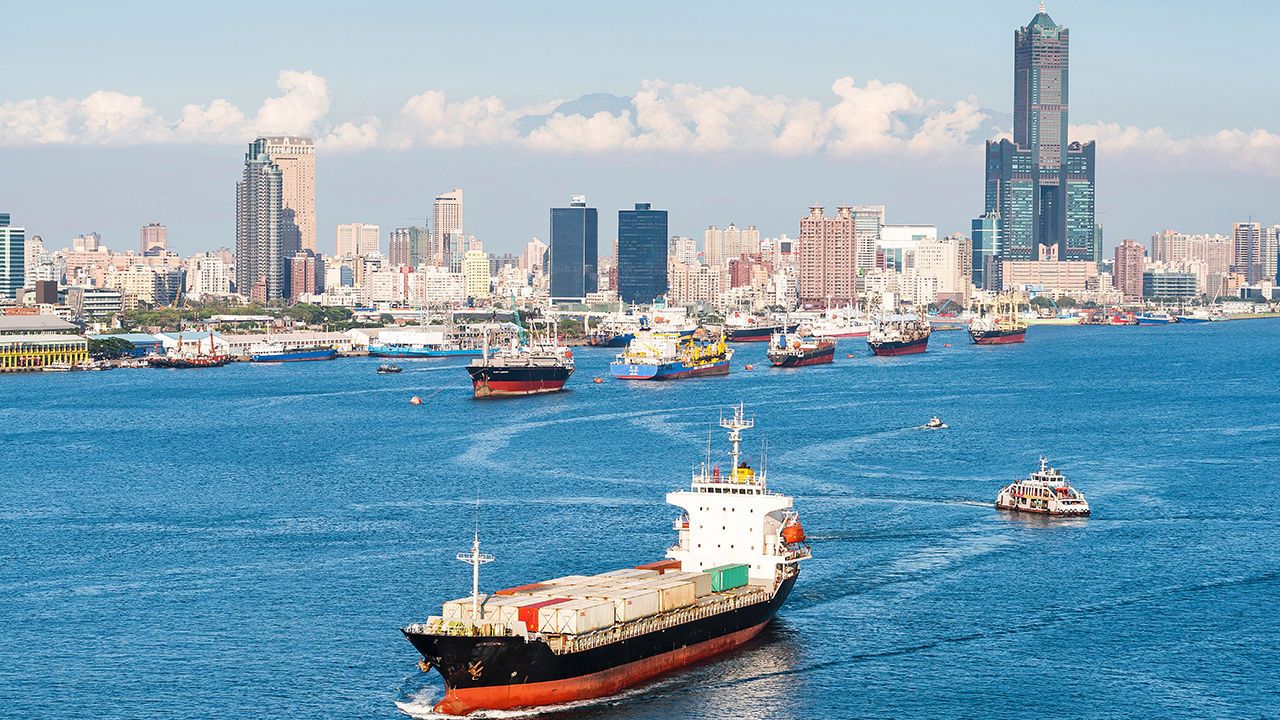Rising Tensions at the Russia Finland Border: Military Buildup and Geopolitical Shifts
The Russia Finland border has become a focal point in European security discussions. Recent actions by Russia and expanded NATO engagement in the region have drawn global attention. This article examines the latest military developments and their impact on regional security.

Strategic Importance of the Russia Finland Border
The border stretches over 1,300 kilometers, making it both a strategic and symbolic divide between Russia and the expanding NATO alliance. Finland’s NATO membership, formalized in 2023, has shifted the military and geopolitical balance in Northern Europe.
As outlined in Helsinki Times, new satellite images reveal significant Russian military activity near Finland’s eastern border. Key bases such as Kamenka have seen rapid expansion, with more than 130 military tents erected since early 2025. These facilities could potentially house up to 2,000 troops, signaling a tangible response to NATO’s enlargement.
Recent Military Buildup and Regional Response
Military analysts have observed increasing troop accommodation, armored vehicle storage, and aircraft deployments near the border. Locations including Petrozavodsk and Severomorsk-2 have seen infrastructure upgrades, such as new storage halls for armored vehicles and renovations of disused airbases. The number and capability of these enhancements suggest a delayed but deliberate response from Moscow. Helsinki Times highlights that Russian bombers operating from Olenya airbase are reportedly targeting sites in Ukraine, demonstrating how activities along the Russia Finland border may have broader implications.
Finland, meanwhile, has reinforced its defense posture. The establishment of a NATO forward command center in Lapland, expected to be fully operational soon, is one such measure. Finnish and Swedish officials continue to monitor the region, emphasizing vigilance and collaboration among NATO partners.
Wider Geopolitical Ramifications
Tensions at the Russia Finland border go beyond bilateral concerns. As analyzed by The Economist, Russia’s military build-up in regions adjacent to NATO members raises anxieties across the alliance. The overlap of NATO’s northern flank with Russian territory changes the strategic calculus for both sides.
With increased military presence and heightened diplomatic caution, the region exemplifies broader shifts in European security architecture. These moves are not isolated; they reflect Russia's intent and NATO's ongoing efforts to adapt to new threats. Such developments demand close attention from policymakers and the public alike.
Conclusion: An Uncertain Future at the Russia Finland Border
The recent military buildup along the Russia Finland border signals a new phase of tension and strategic maneuvering in Northern Europe. The situation remains fluid, with both Russia and NATO strengthening their capabilities. Ongoing surveillance—such as the satellite imagery analyzed by news outlets—will be critical in tracking further developments.
For readers seeking more in-depth coverage, explore updates and imagery from Helsinki Times and international perspectives from The Economist. Staying informed will be key as the security environment on the Russia Finland border continues to evolve.